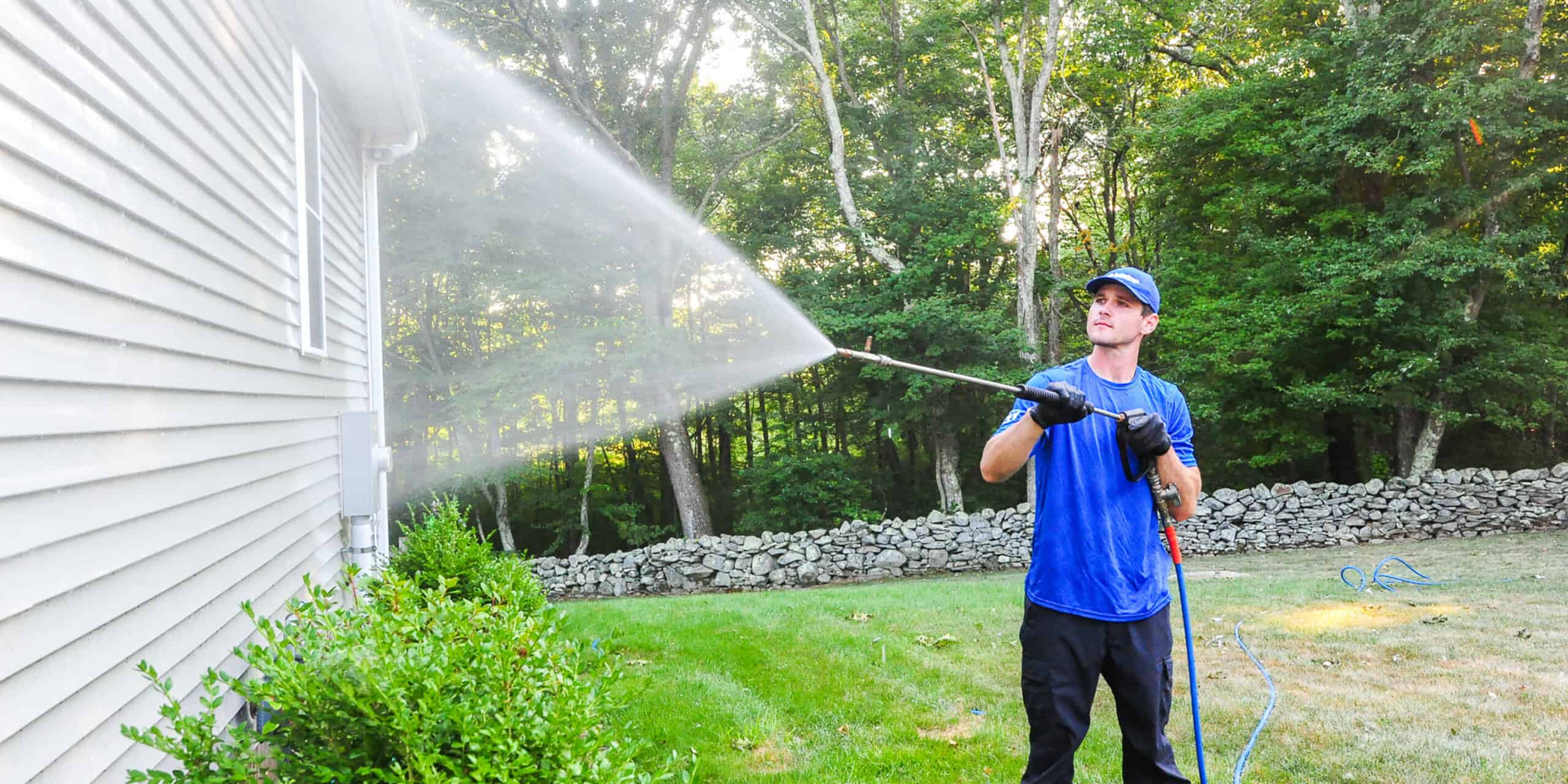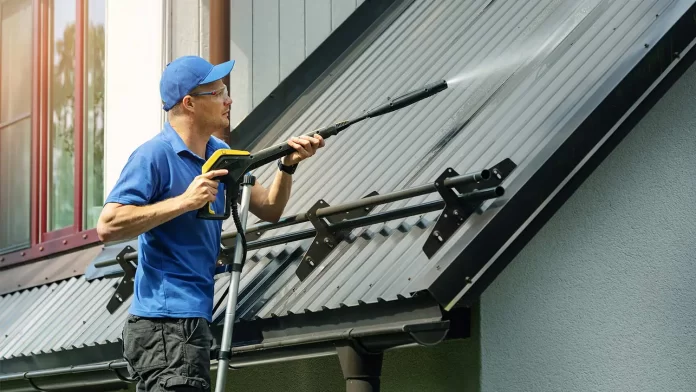Pressure washing is a popular method used for cleaning a variety of outdoor surfaces. Whether it’s your home’s siding, deck, or driveway, pressure washing can help remove dirt, grime, and other unsightly stains. However, while pressure washing is an effective cleaning method, it can also be dangerous if proper precautions are not taken.
In this article, we will discuss pressure washing safety, including the necessary precautions and best practices to follow. By following these guidelines, you can ensure that your pressure washing experience is not only effective but also safe.
Contents
Precautions for Pressure Washing Safety
Before beginning any pressure washing project, it’s important to take the necessary precautions to avoid any accidents or injuries. Here are some of the most important precautions to keep in mind:
Wear Protective Gear
When pressure washing, you will be working with high-pressure water, which can cause serious injuries if it comes into contact with your skin or eyes. It’s important to wear protective gear, including goggles, gloves, and non-slip shoes.

Familiarize Yourself with the Equipment
Before using a pressure washer, it’s important to read the user manual and familiarize yourself with the equipment. This includes understanding the different nozzles, settings, and pressure levels. Using the wrong setting or nozzle can result in damage to the surface you are cleaning, or worse, injury to yourself or others.
Use Proper Technique
When pressure washing, it’s important to use proper technique to avoid injury or damage to the surface. This includes holding the nozzle at a safe distance from the surface, working in a consistent pattern, and avoiding directing the water stream towards electrical components or other hazards.
Avoid Working at Heights
Pressure washing at heights can be dangerous, especially if you are working on a ladder or on a sloping surface. It’s best to avoid working at heights whenever possible, or hire a professional to handle the job.
Best Practices for Pressure Washing Safety
In addition to taking the necessary precautions, there are also best practices to follow to ensure that your pressure washing project is both effective and safe. Here are some of the best practices to keep in mind:
Start with Low Pressure
When beginning a pressure washing project, it’s best to start with low pressure and gradually increase as needed. Starting with high pressure can cause damage to the surface, especially if it is fragile or has loose components.
Use the Right Cleaning Solution
In some cases, using a cleaning solution can help loosen dirt and grime, making it easier to remove with a pressure washer. However, it’s important to use the right cleaning solution for the job, as using the wrong one can damage the surface.
Test the Surface First
Before pressure washing, it’s important to test the surface first to ensure that the pressure and cleaning solution won’t cause damage. This can be done by applying a small amount of pressure to a small, inconspicuous area of the surface and observing the results.
Protect Nearby Objects
When pressure washing, it’s important to protect nearby objects, such as plants or outdoor furniture, from the high-pressure water. This can be done by covering the objects with plastic or cloth tarps.
Conclusion
Pressure washing can be an effective method for cleaning a variety of outdoor surfaces. However, it’s important to take the necessary precautions and follow best practices to ensure that your pressure washing project is not only effective but also safe. By wearing protective gear, familiarizing yourself with the equipment, using proper technique, and following best practices, you can enjoy a clean, beautiful outdoor space without putting yourself or others at risk.



